1. Jell-O Pudding Pops
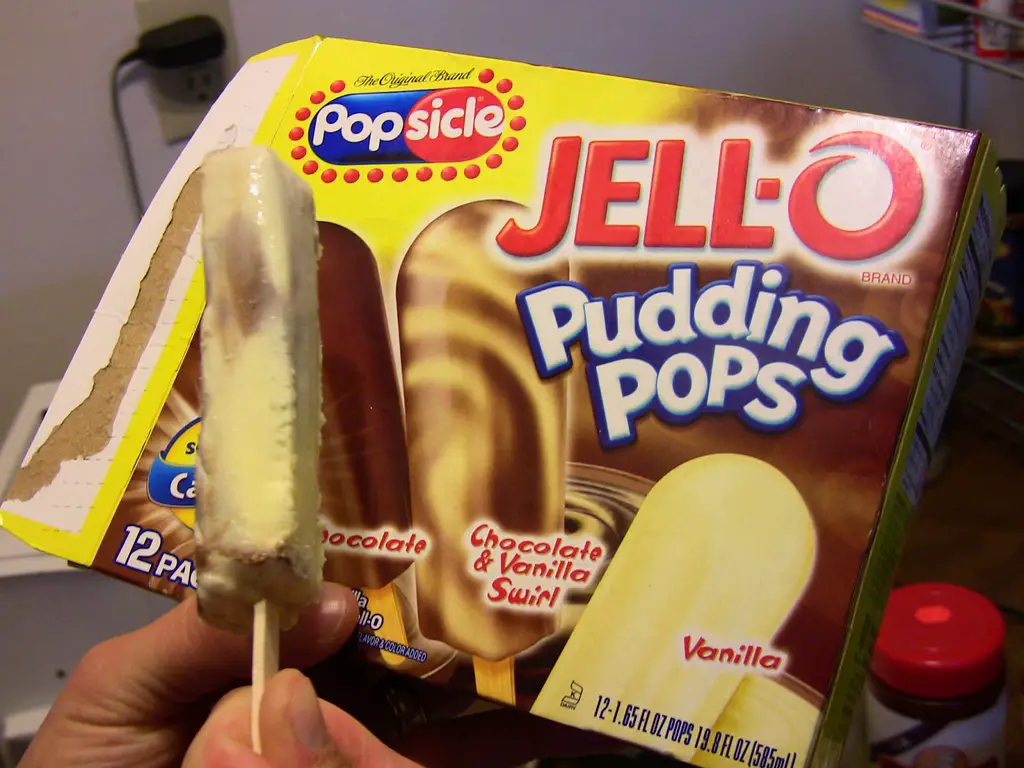
If you grew up in the ’80s or ’90s, chances are you remember the excitement of pulling a Jell-O Pudding Pop out of the freezer. They were creamy, sweet, and the perfect halfway point between pudding and ice cream. But they were also packed with sugar and artificial ingredients that schools eventually cracked down on. Teachers noticed that kids would crash mid-afternoon after scarfing them down at lunch.
By the early 2000s, many school cafeterias stopped selling them, and soon they disappeared from the shelves altogether. While you can still find knock-off versions, they’re not quite the same. For a generation, though, pudding pops were a frozen treat that made school lunches a little sweeter. Looking back, it’s probably best they stayed in the past.
2. Fruit Roll-Ups
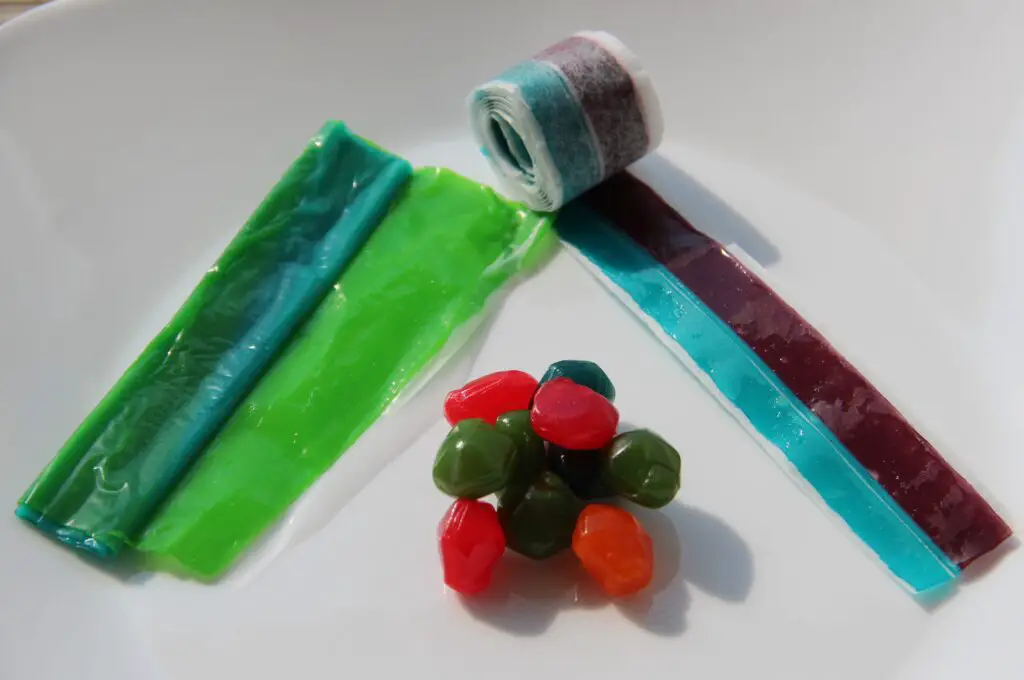
Unwrapping a Fruit Roll-Up felt like opening a colorful present at lunchtime. Kids loved peeling the sticky sheet and pressing the cut-out shapes onto their tongues. But the reality was that these snacks were little more than dyed sugar sheets. They stuck to teeth, caused cavities, and offered no real nutritional value.
Dentists practically begged schools to stop handing them out. Some kids would even layer multiple Roll-Ups together for one giant sugary ball, which definitely wasn’t what the lunch lady had in mind. They’re still available in stores, but most schools banned them years ago. As fun as they were, they were basically candy disguised as fruit.
3. Dunkaroos
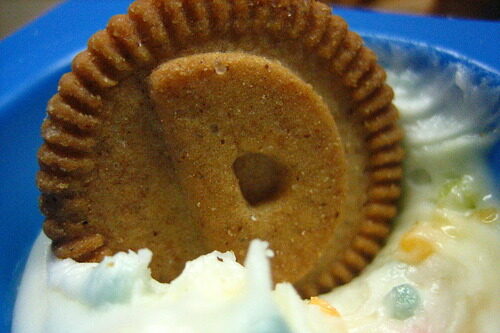
Dunkaroos made every kid feel like a snacking champion, dipping little cookies into a tub of frosting. It was basically dessert masquerading as a snack, and kids couldn’t get enough of it. Parents, however, weren’t thrilled with the sugar overload. By the mid-2000s, many schools decided they didn’t belong in lunchboxes anymore.
The frosting tubs were like a sugar bomb waiting to happen, leading to inevitable energy spikes and crashes. While Dunkaroos made a comeback in stores recently, schools never welcomed them back. Teachers probably breathed a sigh of relief when they disappeared from cafeterias. They remain a nostalgic memory rather than a lunch staple.
4. Hostess Cupcakes
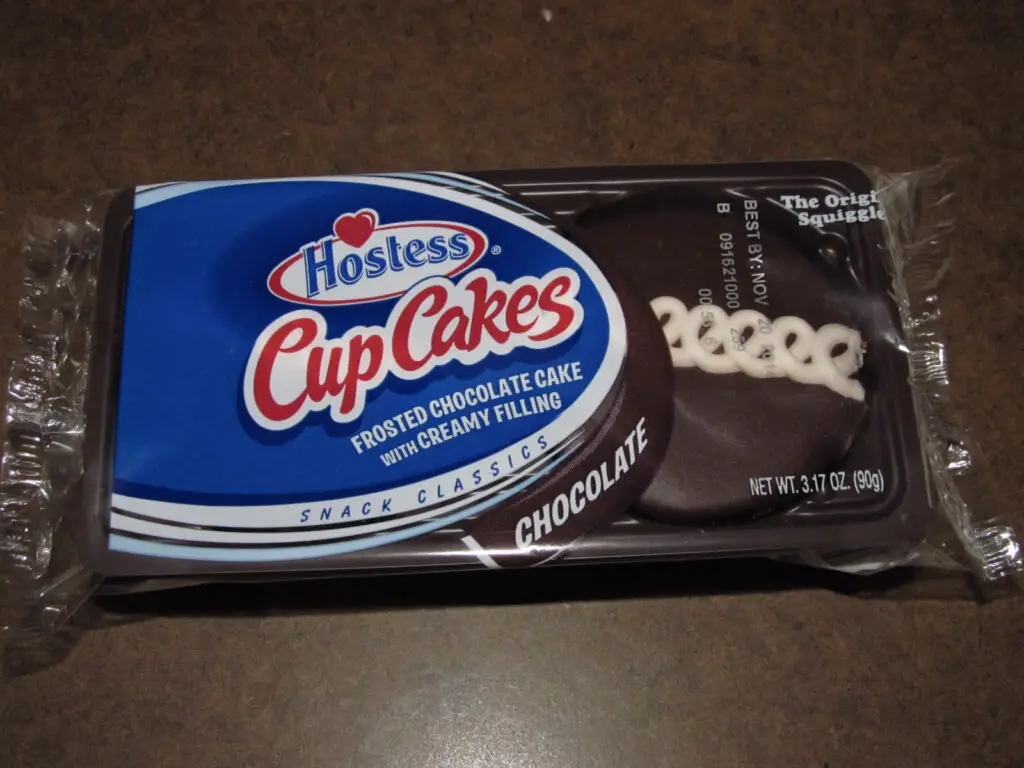
There was always that one kid who unwrapped a shiny Hostess Cupcake at the lunch table, complete with the squiggly white frosting on top. They looked amazing, but they packed more sugar and fat than anyone needed in the middle of the school day. Schools began cracking down on treats like these in the name of better nutrition.
Some districts even set rules banning packaged snack cakes altogether. Hostess Cupcakes, Twinkies, and similar snacks became symbols of what not to pack in lunches. They’re still available at the grocery store, but they’ve long been booted out of schools. Kids didn’t mind at the time, but teachers probably noticed calmer classrooms once they were gone.
5. Gushers
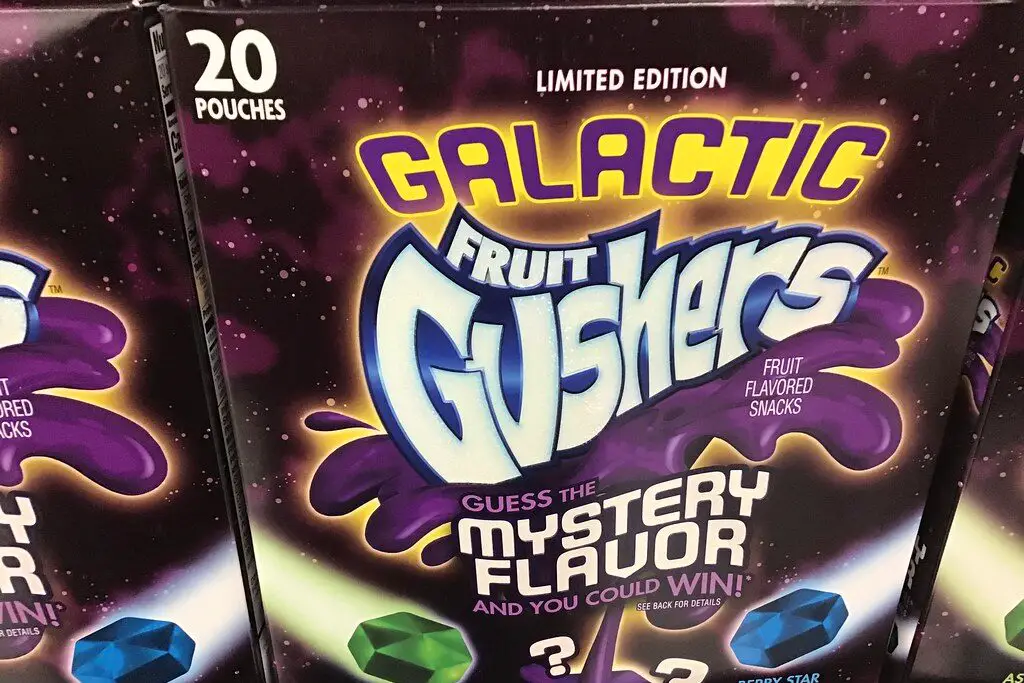
Fruit Gushers were the snack that made kids squeal with delight, especially when that syrupy filling burst out in the first bite. The problem was, they weren’t fruit at all—they were candy marketed as healthy. Packed with artificial colors and sugar, they quickly drew criticism from parents and nutritionists.
Schools started banning them in the early 2000s as part of efforts to cut back on overly processed snacks. They also made a mess if you squished them at your desk, which teachers definitely didn’t appreciate. For many kids, though, nothing was cooler than trading for a pack of Gushers at lunch. It’s probably for the best that they didn’t survive the school cafeteria.
6. Lunchables with Dessert Pizza
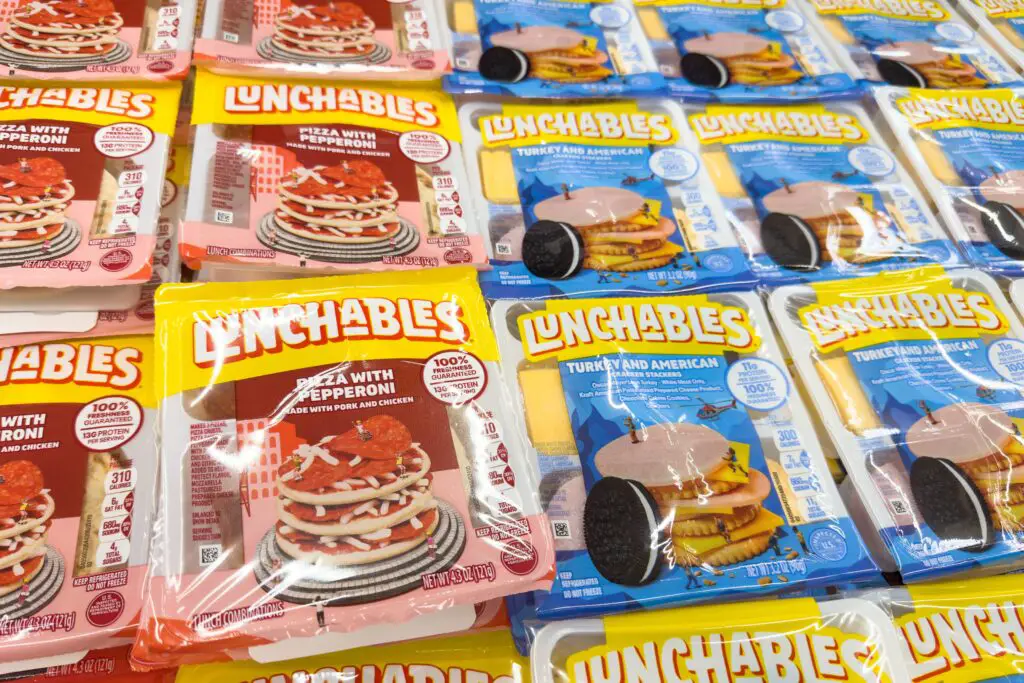
Opening a Lunchable felt like winning the jackpot, especially when the dessert pizza version showed up. It came with a cracker-like crust, frosting, and candy pieces for toppings. Kids loved the DIY feel of it, but it was basically candy disguised as lunch. With sky-high sugar counts, schools eventually stepped in and pulled the plug.
Nutrition experts pointed out that eating candy-coated “pizza” didn’t exactly fuel kids for math class. Lunchables have been reformulated over the years, but the dessert pizza variety was one of the first casualties of school bans. They remain a nostalgic memory, more toy than actual food. Parents may not miss them, but plenty of kids still do.
7. Cosmic Brownies
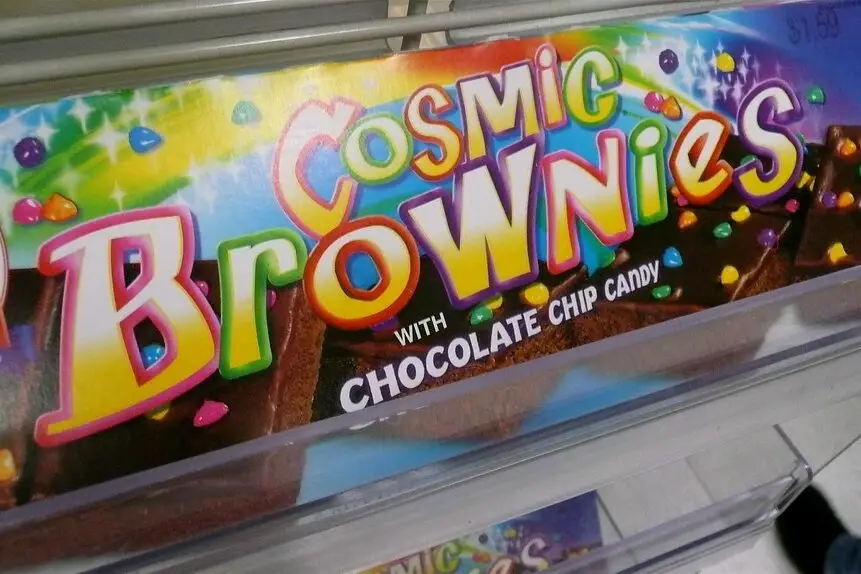
Little Debbie’s Cosmic Brownies were the crown jewel of many childhood lunchboxes. Covered in tiny rainbow candy-coated chips, they looked fun and tasted even better. The downside was that they were loaded with sugar and preservatives, making them a nightmare for schools trying to push healthier options.
By the time stricter nutrition guidelines rolled out, Cosmic Brownies were one of the first things to go. Teachers likely appreciated fewer sugar highs during afternoon lessons. They’re still on store shelves, but they’ve been banished from cafeterias for good. For kids of the ’90s, though, they’ll always be remembered as the ultimate trade-up snack.
8. Pixy Stix
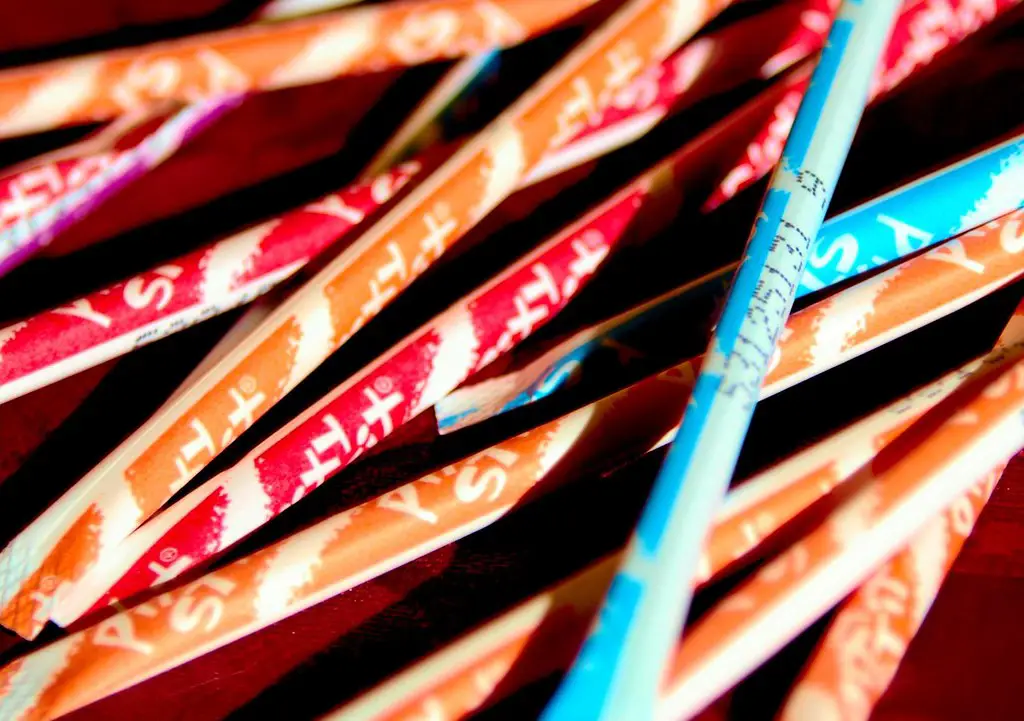
Believe it or not, there was a time when kids were allowed to bring Pixy Stix to school. These giant paper straws filled with flavored sugar were the definition of a parent’s nightmare. Eating them was like dumping pure sugar straight into your bloodstream. It’s no wonder schools eventually outlawed them.
Some kids even thought it was funny to pour multiple sticks into their mouths at once, leading to sugar crashes that made classrooms chaotic. Teachers probably rejoiced when these neon-colored sugar tubes were banned. Today, it’s shocking to think they were ever considered an acceptable snack. They’re pure nostalgia now, but definitely better left behind.
9. Butterfinger BB’s
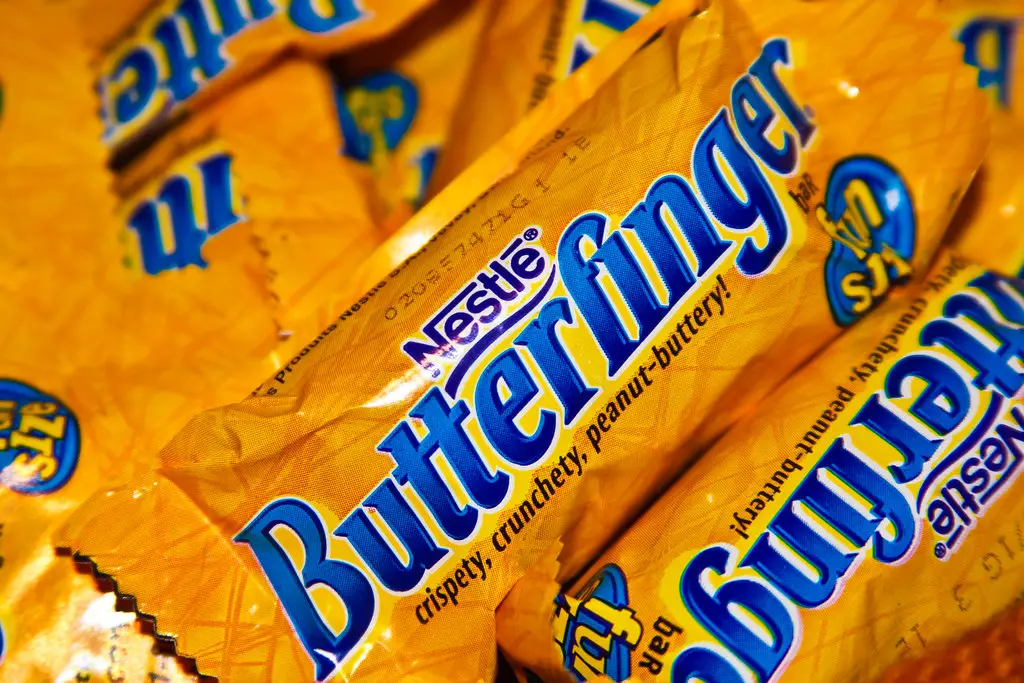
These bite-sized versions of the Butterfinger candy bar seemed like the perfect lunchbox treat. They came in a round package that was easy to slip into your backpack. The problem was they were sticky, melty, and left orange crumbs everywhere. Combine that with the high sugar content, and schools quickly soured on them.
They also had a knack for getting lodged between teeth, something dentists weren’t thrilled about. Before long, schools cracked down and banned candy-like snacks altogether. Butterfinger BB’s were discontinued in the mid-2000s, which made the ban a moot point. Still, for a while, they were the snack every kid wanted to trade for.
10. Yoo-hoo Boxes
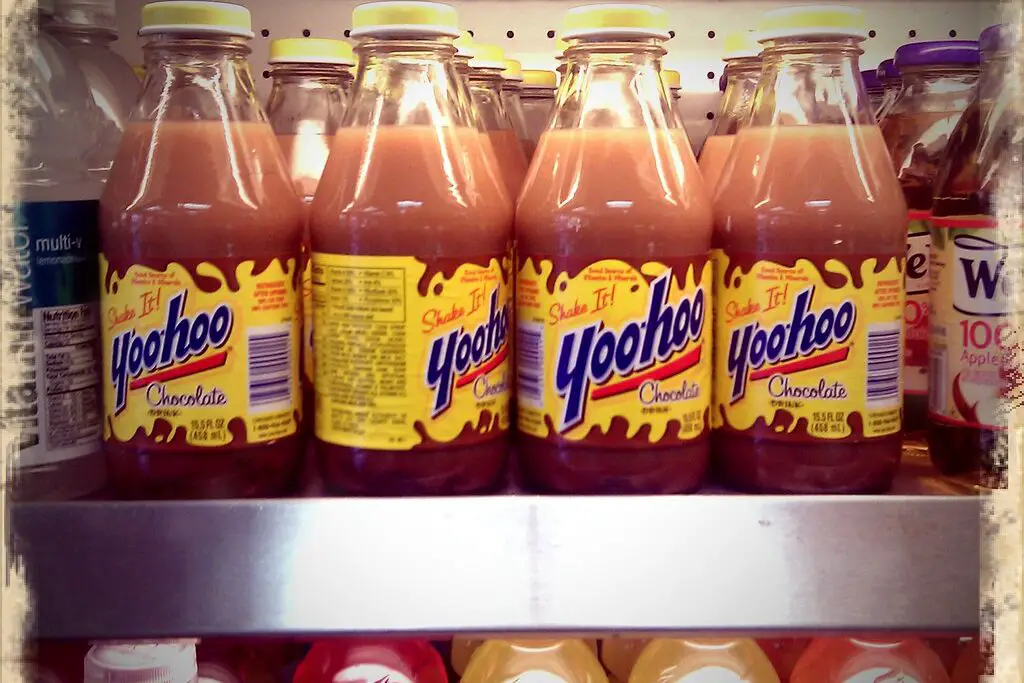
At first glance, Yoo-hoo looked like chocolate milk in a fun little carton. Kids loved it, but nutritionists pointed out it wasn’t actually milk at all—it was basically chocolate-flavored sugar water. Schools aiming to promote real dairy products quickly banned it from lunch programs.
It also didn’t offer the protein and calcium that kids needed, which made it an easy target for school health boards. While some kids still begged their parents to pack it, most schools turned their noses up at it. Yoo-hoo remains on store shelves today, but it’s been absent from cafeterias for decades. It’s another one of those “how was that ever allowed?” snacks.
11. Candy Cigarettes

Candy cigarettes were once a common playground accessory, which is shocking in hindsight. They looked like the real thing and even mimicked the powdered sugar “smoke” effect when you puffed on them. Parents and educators eventually realized they were sending the wrong message. By the ’90s, most schools had banned them outright.
The combination of pure sugar and the obvious nod to smoking made them unacceptable. Health advocates pushed hard to get rid of them, and schools listened. They’re still sold in novelty shops, but they’re a relic of a different time. Thinking back, it’s hard to believe kids were ever chewing on candy “smokes” at recess.
12. Jolt Cola
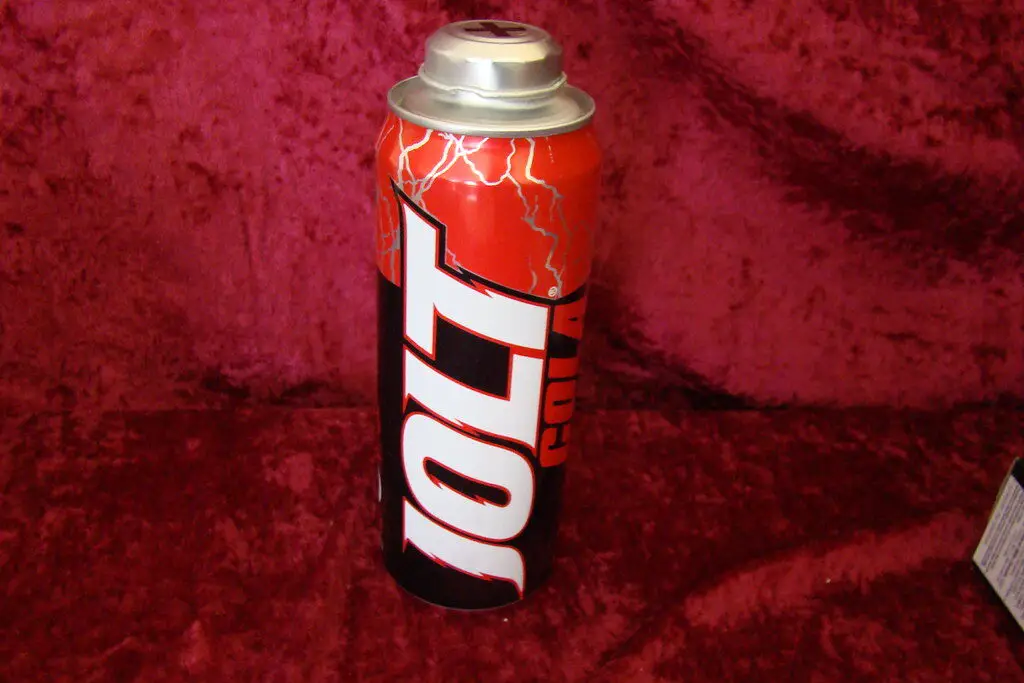
For a short time, some schools actually sold Jolt Cola in their vending machines. The soda’s slogan was “All the sugar and twice the caffeine,” which should tell you everything. Kids who got their hands on it were bouncing off the walls. It didn’t take long before schools realized it was a terrible idea.
Teachers were the first to complain about the chaos Jolt caused in classrooms. Parents soon followed, pointing out how unhealthy it was for kids to chug so much caffeine and sugar. By the mid-’90s, it was banned from most schools. It’s one of the clearest examples of a snack that never should’ve made it past the cafeteria doors.
